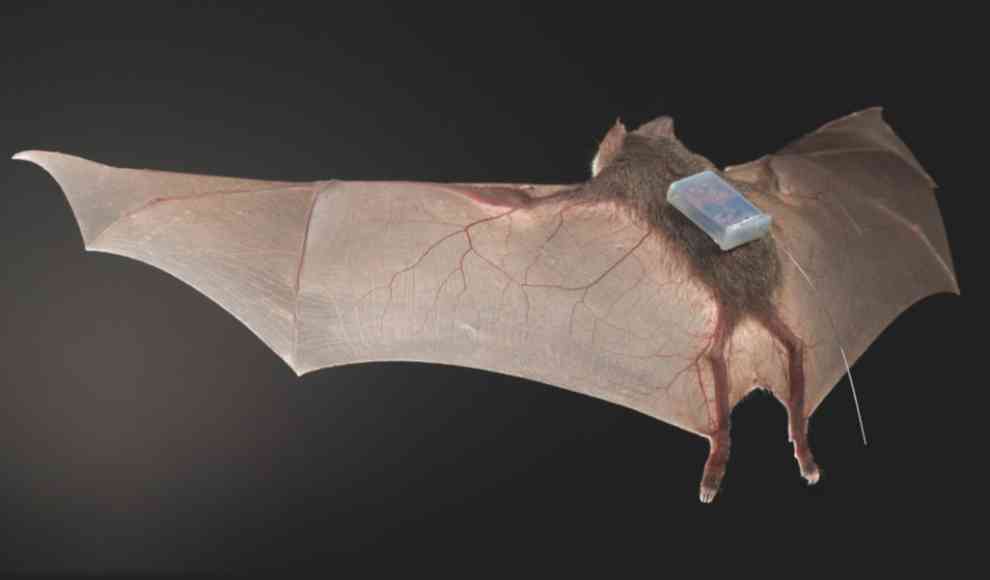Sick vampire bats practice social distancing, according to a recent study by scientists from the Natural History Museum in Berlin, Ohio State University, and the University of Texas. The researchers investigated whether infected bats changed their social behavior to slow the spread of disease within their population. They captured 31 female bats in Lamanai, Belize, and simulated a bacterial infection in half of them using a drug that causes symptoms for six to twelve hours. The bats were then fitted with proximity sensors and released back into the wild to observe their social behavior for three days.
The study found that sick bats reduced both the number of contacts and the time spent with other bats. The probability of healthy bats coming into contact with infected bats also decreased significantly. The researchers were able to create a dynamic social network that allowed them to observe changes in social behavior between healthy and sick bats. Simon Ripperger, one of the researchers, said that the homemade high-tech sensors used in the study opened up new perspectives on the highly dynamic social behavior of these bats.
Social distancing is not a human invention, but a natural behavior observed in animals as well. In medicine, there are two forms of social distancing: active distancing, where sick individuals are either avoided by the community or self-isolate to avoid infecting others, and passive distancing, where individuals have fewer social contacts due to fatigue, lethargy, or other effects of their illness. The study shows that social distancing is also an effective mechanism for stopping the spread of disease among vampire bats.
In conclusion, the study provides valuable insights into the social behavior of vampire bats and how they adapt to disease. The findings could have implications for understanding the spread of diseases in other animal populations and even in humans. The use of homemade high-tech sensors in the study also highlights the potential for innovative technology to advance scientific research.










